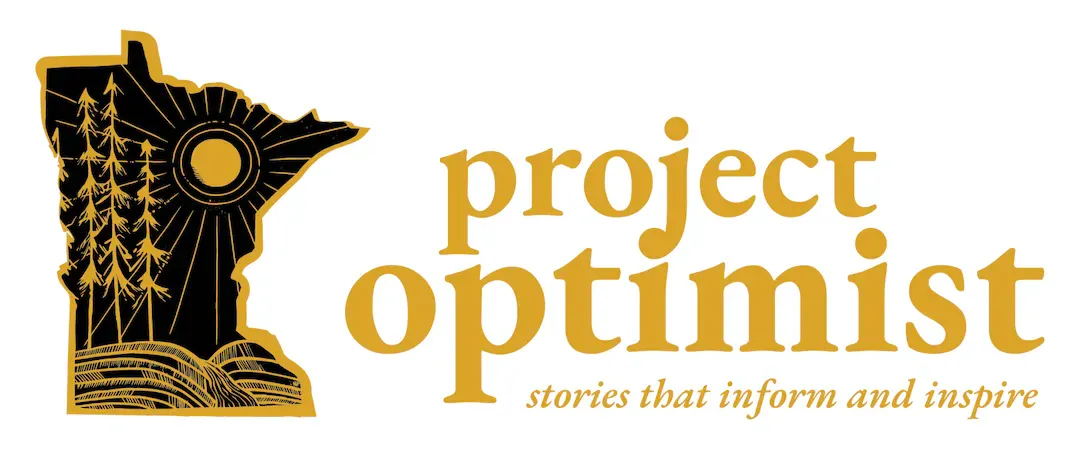Genuine questions guide Northfield artist
Cecilia Cornejo Sotelo’s films became community-focused after she moved to Minnesota. Since then, her projects have taken on new forms, such as storytelling and embroidery.
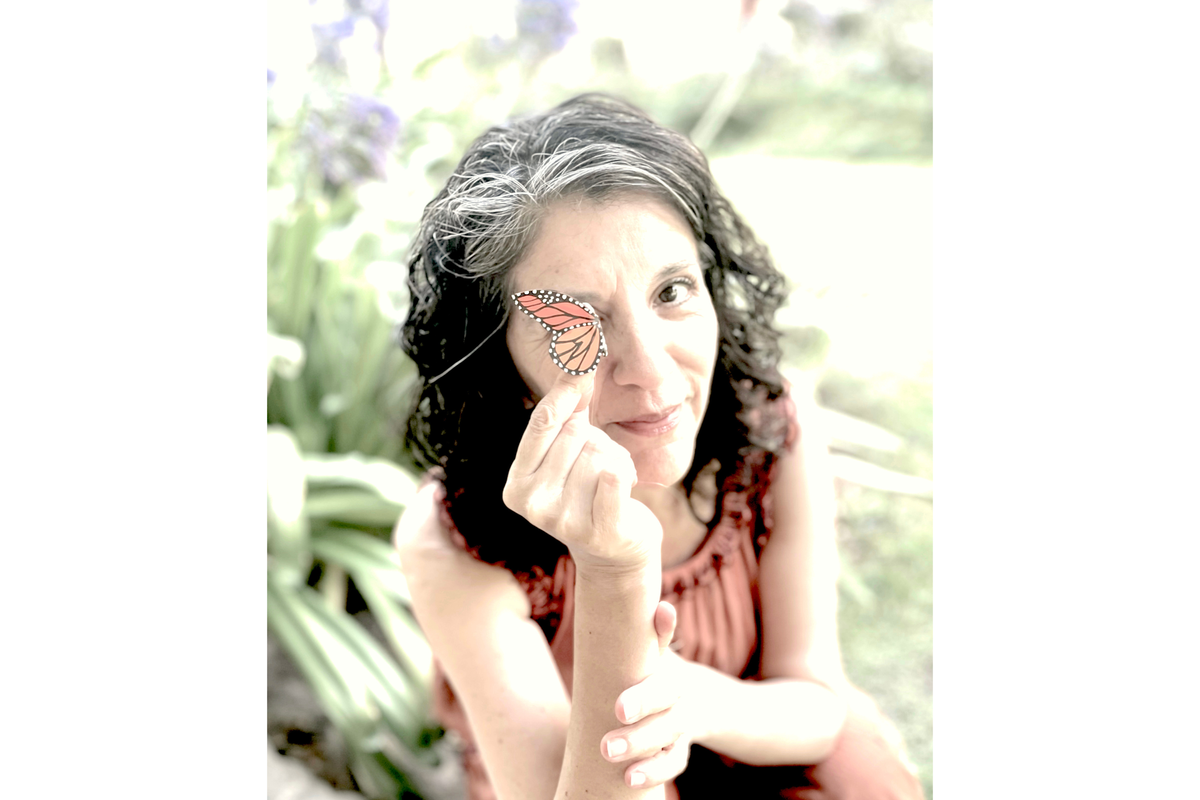
The prompt “I know I’m home when…” invites a narrative to unfold inside "The Wandering House."
In this non-judgmental space, individuals share what is on their minds without the pressure of others. The environment welcomes all who embrace the invitation.
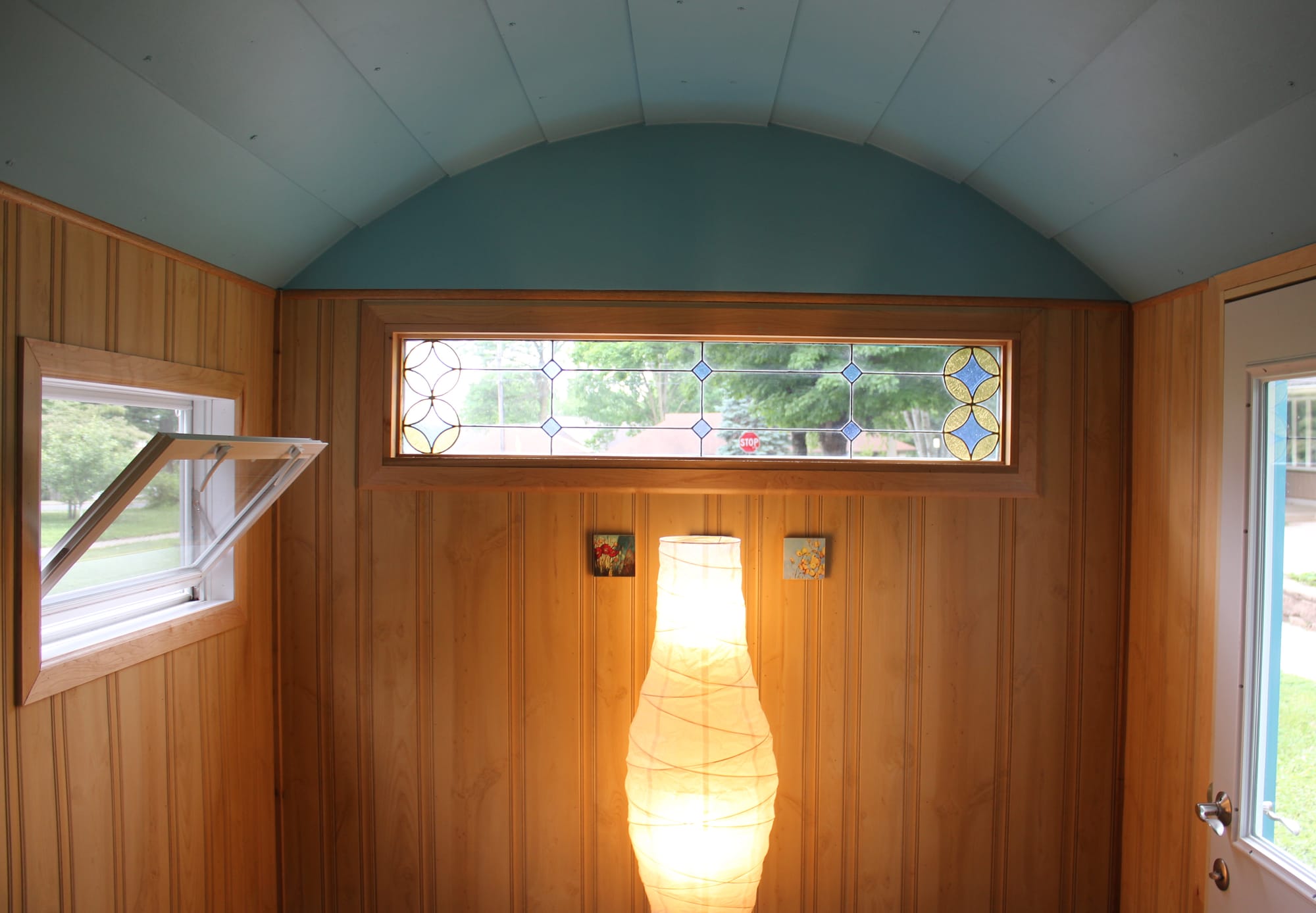
A sense of belonging can look like accepting marginalized voices or accepting the hateful viewpoints of neighbors. Therefore, belonging isn’t the holy grail when Cecilia Cornejo Sotelo examines strong communities, but rather, it is the act of being a neighbor — one who has every intention to connect with others, support one another, and build a collective sense of well being.
“Belonging has been something that intrigues me, not in the sense that I think that belonging is everything and community is so good – there are perfectly evil communities out there … No. I'm all for thinking individuals who get together to support one another,” Sotelo said.
Sign up for Project Optimist's newsletter
Solution-focused news, local art, community conversations
It's free. No spam. Unsubscribe anytime.
The realness of life
Fifteen years ago, Sotelo and her husband moved to Northfield, Minn., to work at Carleton College; both are professors in the Cinema and Media Studies Department. Prior to Northfield, the couple lived in Chicago, where Sotelo earned a Master in Fine Arts in Film, Video, and New Media from the School of the Art Institute of Chicago.
“(In the city,) no one cared about the way I looked … but when I moved to Northfield it was such a contrast,” she said. “It’s very small and very white – people like me stick out … For me, that was very shocking.”
The Chilean-born filmmaker, educator, and artist is fascinated by the realness of life. She works on documentaries – non-fiction and experimental work. Her early experiences in Northfield inspired her to shift from personal to community-focused filmmaking. She reached out to other people who, in a way, were familiar with the experience of outsiders.
Sotelo’s first film, "Making Noise," focused on a young group of Northfield skateboarders who dealt with pushback and stereotypes associated with the sport from city leaders and community members. Her second film, "Ways of Being Home," documented the lives of Mexican immigrant residents in Northfield. The films helped change the perception of both communities, Sotelo said.
 Project OptimistIsabella Silva-Biotti
Project OptimistIsabella Silva-Biotti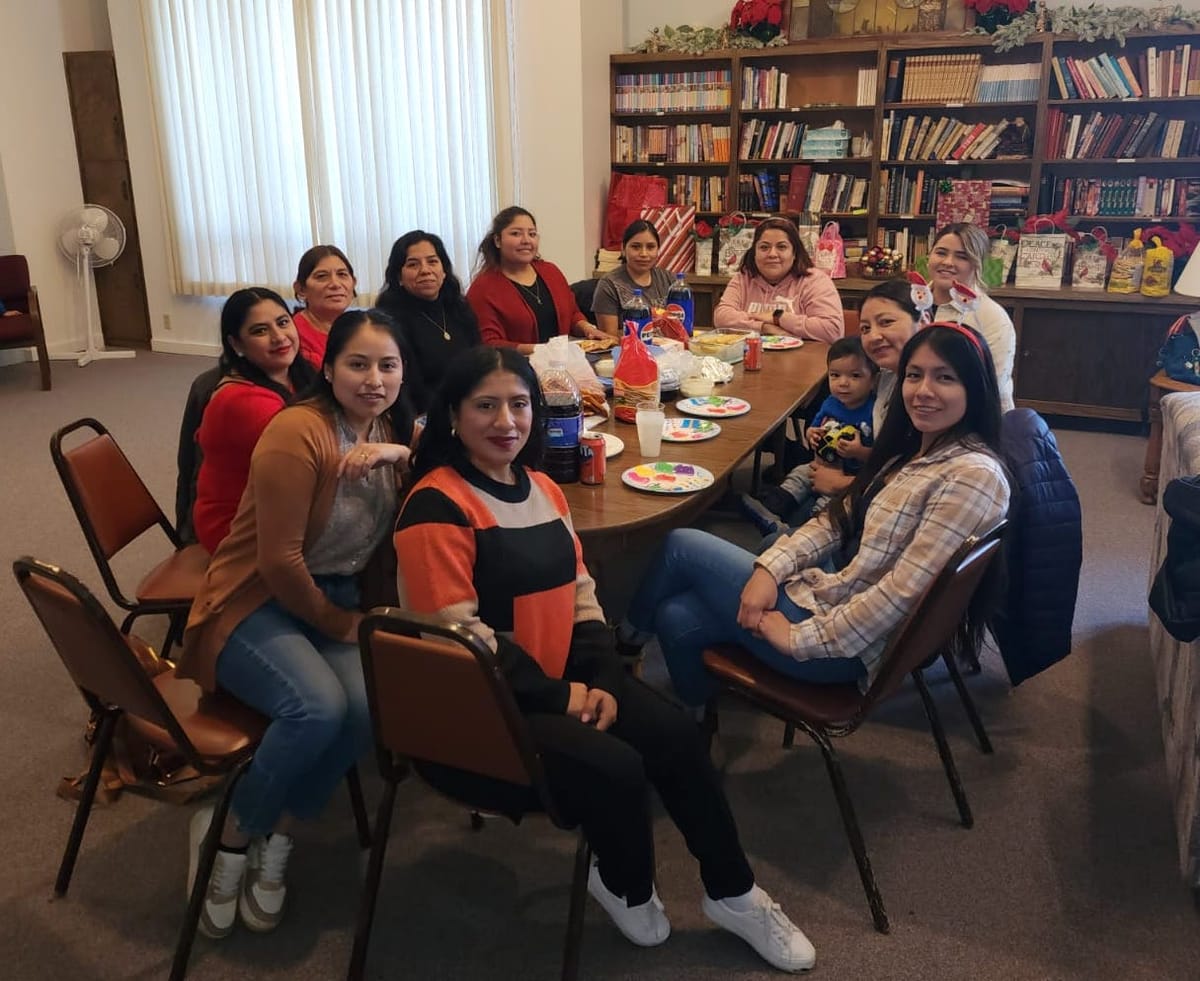
Ice shack transforms
Then, Sotelo asked the burning question: “How do you find belonging in a place that is at times openly hostile to you?”
And that’s how a former ice-fishing house turned into a colorful moving home on stilts (inspired by houses in Chile). "The Wandering House" is a project that gives people space to contemplate and to connect to themselves. A recording device, a microphone, a chair, and a set of questions guide them, and make the experience accessible. The project started in Northfield in 2019. Then Sotelo took the project to the communities of Lanesboro and Red Wing.
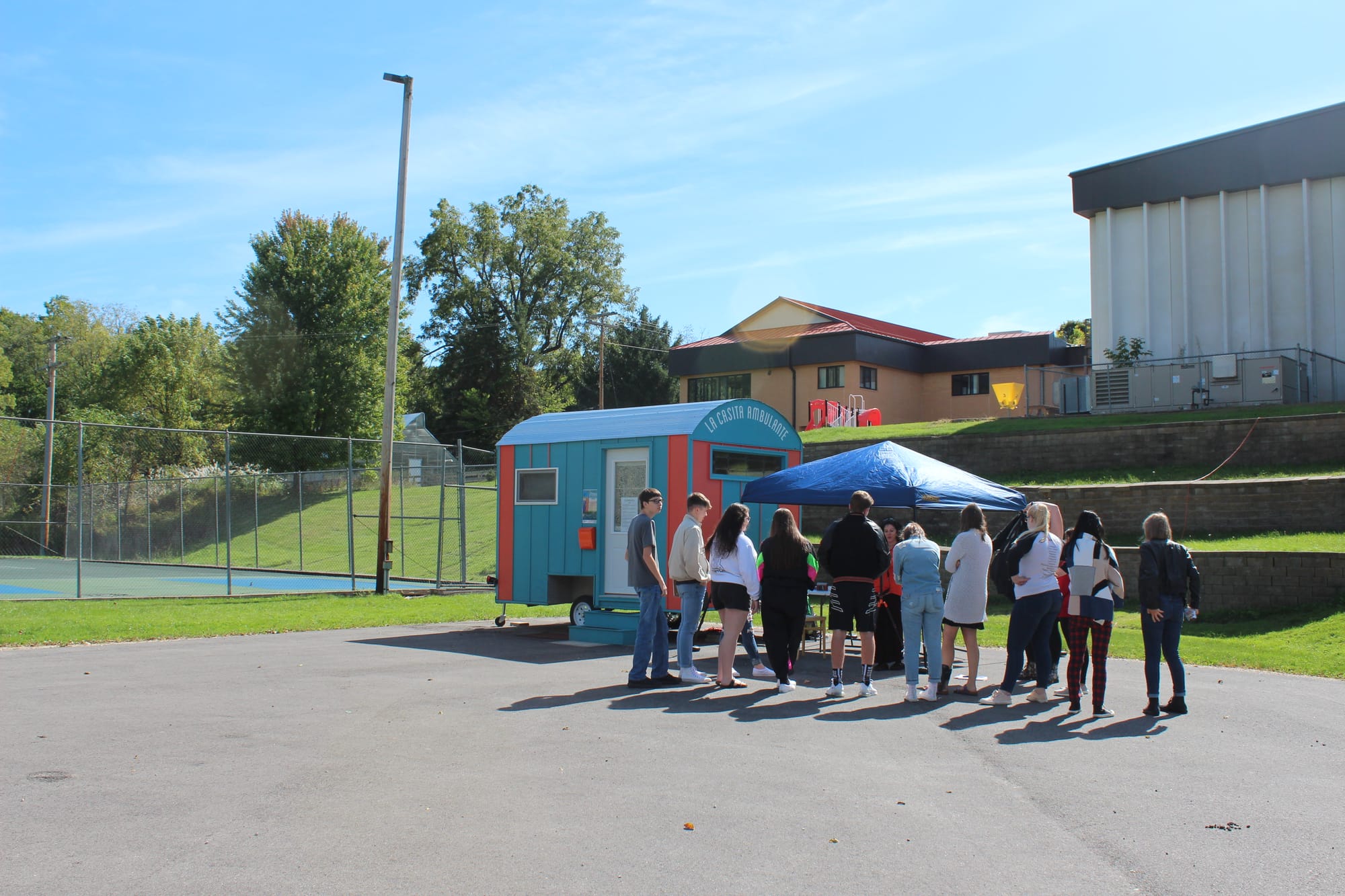
Besides the theme of home, the recorded stories also touch on topics like housing, health, and immigration. A map of the region outlines the online archive, which allows visitors to zoom in on different dots. Each dot represents the stories of community members.
“'The Wandering House' … (has) given me the opportunity to talk to people who I would’ve not (talked to) … It was created for that purpose; for being a place that is safe,” she said, “that is beautiful, that is calm, where people can come and speak their mind.”
New elements
The project evolved into another art form: embroidery. Experts and novices took phrases from the audio that were not their own and reflected on the words as their fingers threaded. “I’m surrounded by people I love and care about, and there’s good music on,” is one Northfield resident’s response to the “I know I’m home when …” prompt.
“They're sitting with words that somebody else said, and because you're sitting with them, and you're working on (them), these things happen to you,” she said. “Well, one of those things is that you slow down and hopefully you listen, you know? And you try to think about ‘Why would this person say that?’
“So I was really interested in provoking people, inviting people, prompting people to slow down and just be with those words."
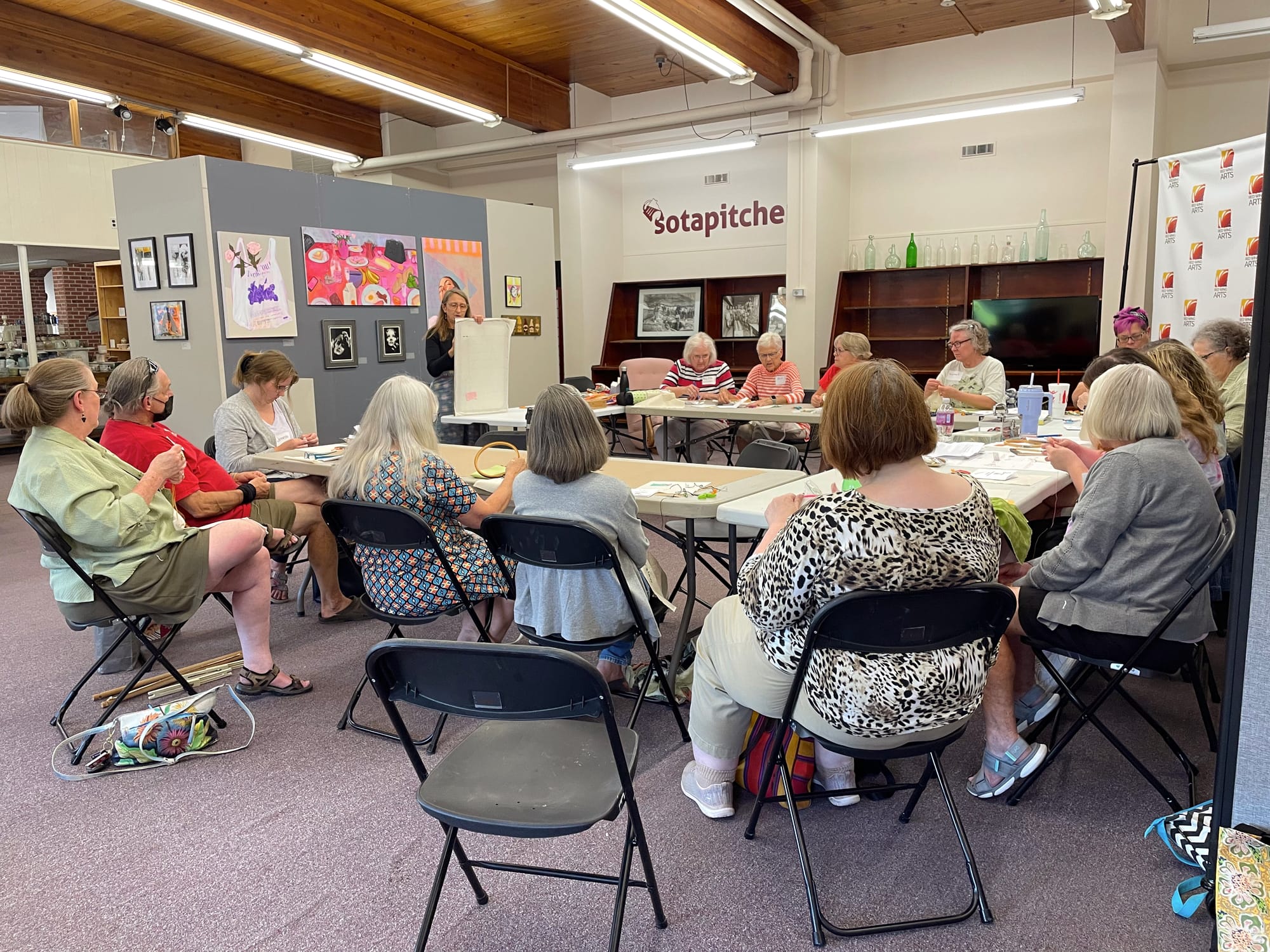
Sotelo saw the impact of this work —the act of gathering and working on a manual task forced people to talk to one another, and it led to a healing experience.
Sotelo moves around the projects with what form fits best within the community and question she’s working with.
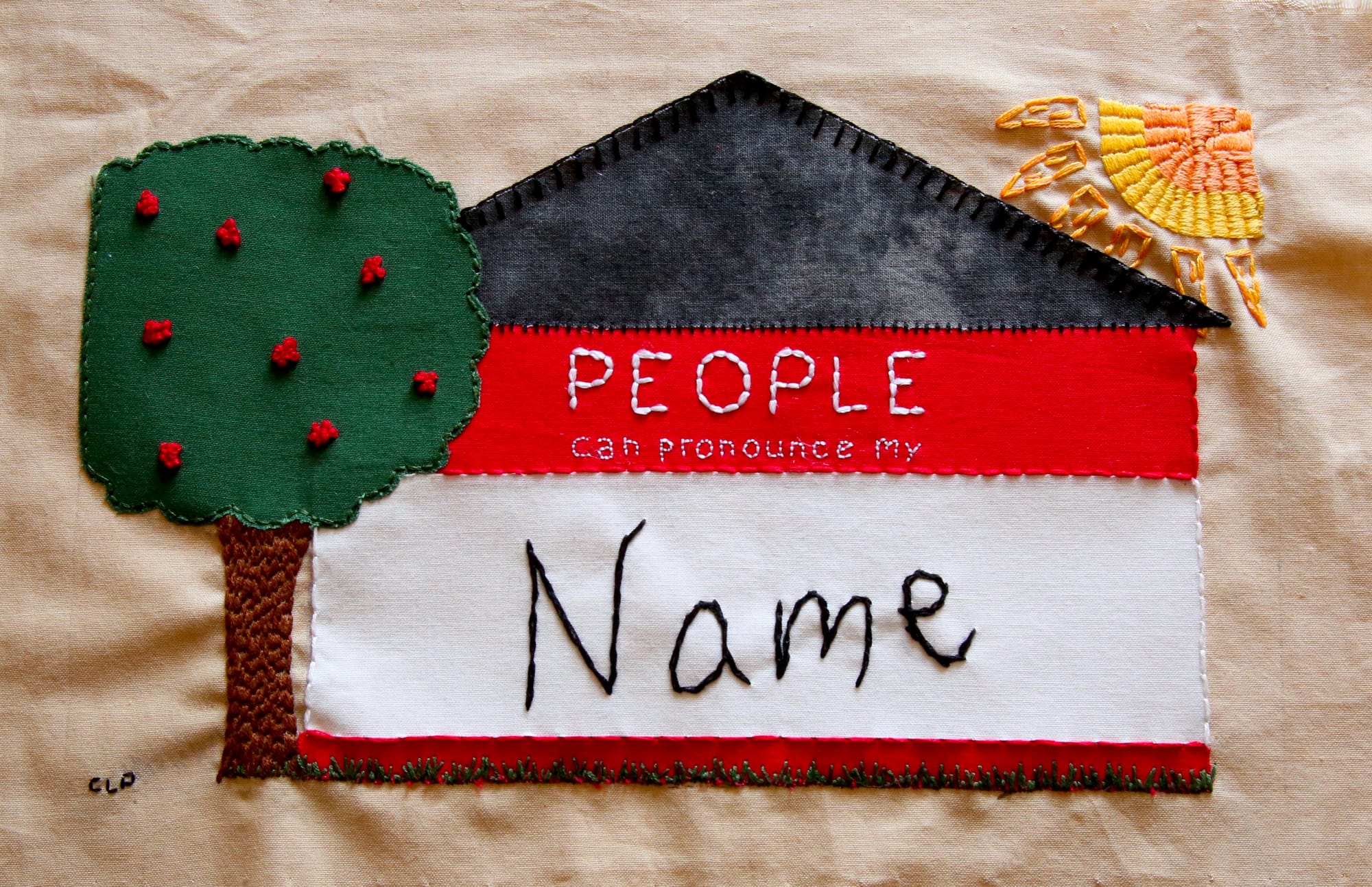
Since December 2024, Sotelo has been on sabbatical in her homeland. She works with women’s collectives in Chile who use embroidery as a way of resistance, she said. Her current work springs from the questions of:
• How do we find belonging?
• How do we get along?
• What do you do with the harm that has been done to you and others?
“I'm interested in finding ways to accompany people in the process of looking at the place of pain and figuring out, ‘What can I do with this? Something I didn't ask for. But here I am and here I have it,’” she said.
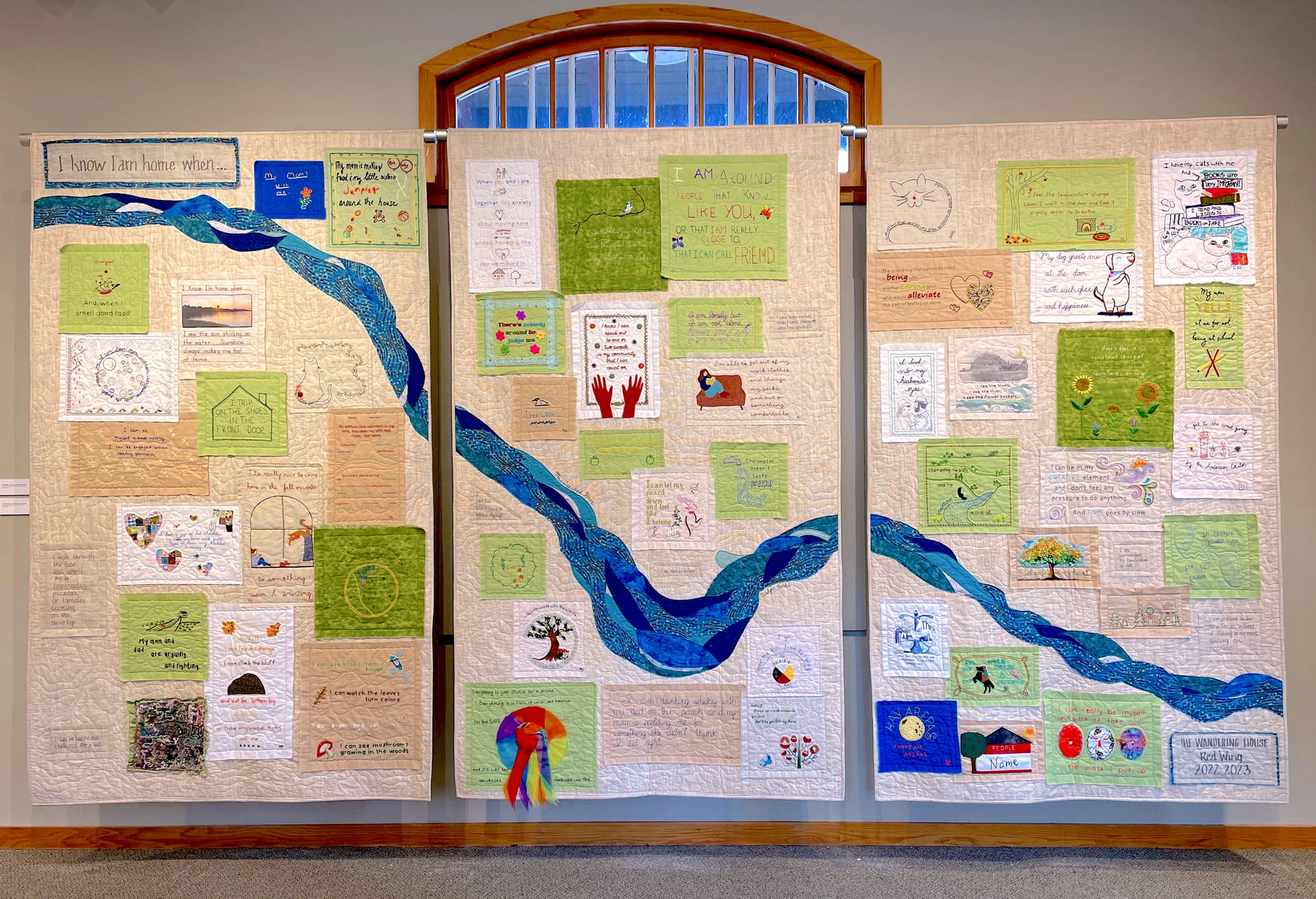
Sotelo said her work challenges people to see beyond their biases. She also teaches communities to foster opportunities by asking genuine questions; questions that feel real and right to the community. And most importantly, to move steadily in this work.
“If it’s not genuine you won’t have the strength to fully see it through," she said.
More information
See more of Sotelo’s work at www.thewanderinghouse.com.
This story was edited and fact-checked by Jen Zettel-Vandenhouten.
